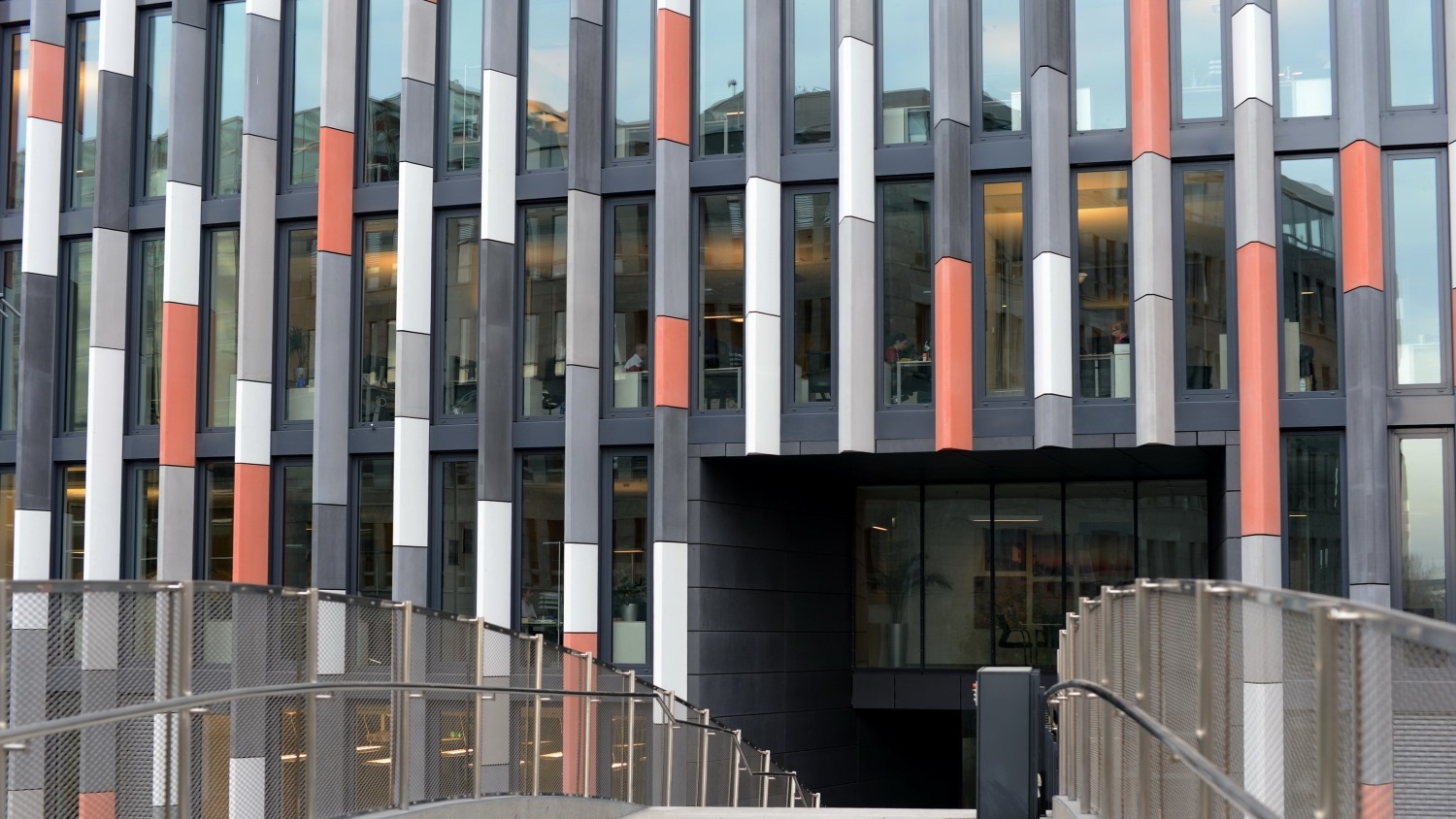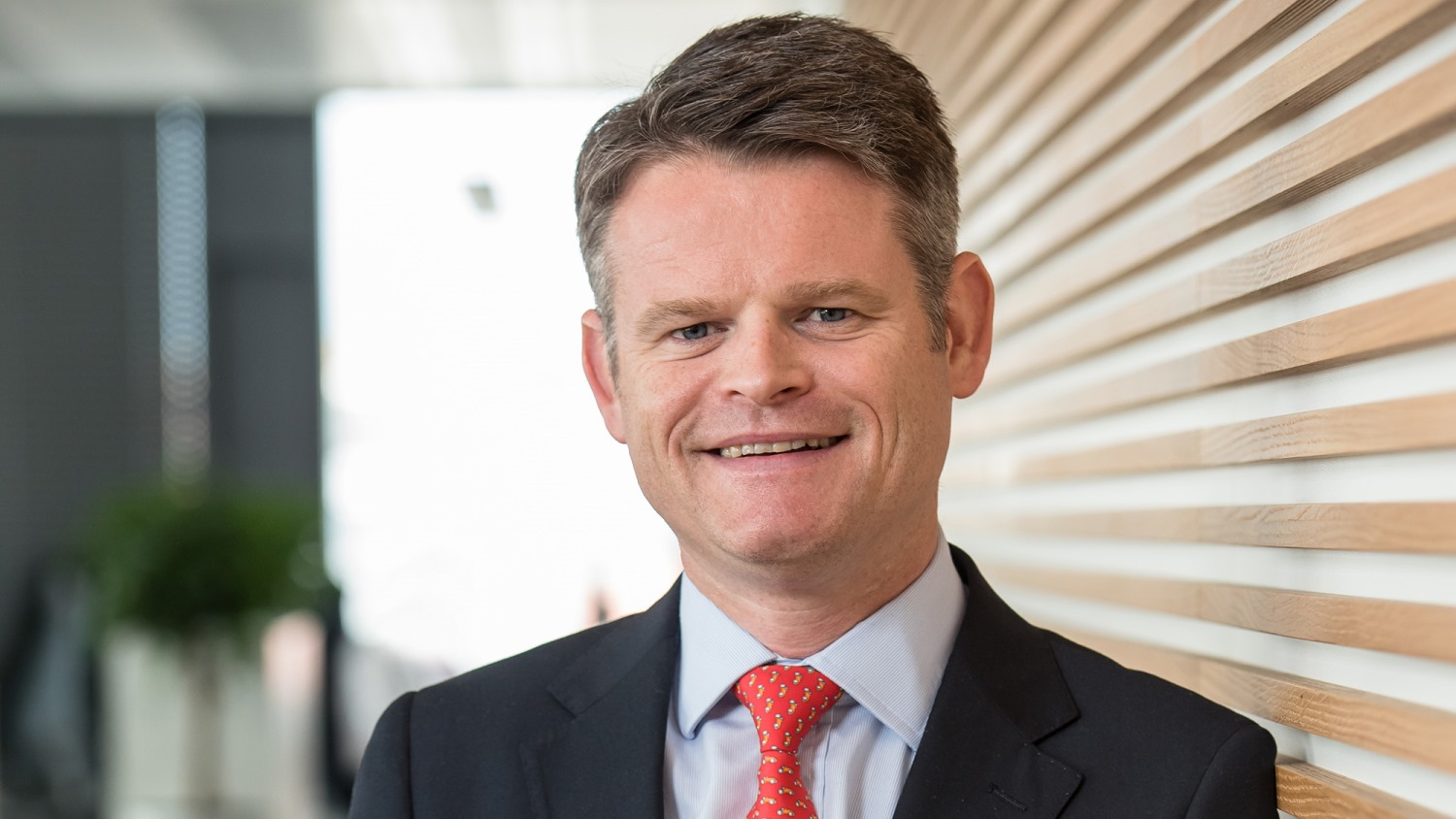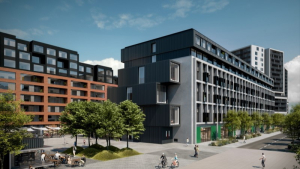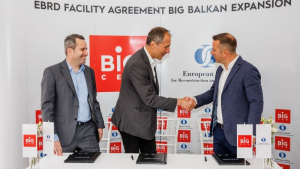
Increasing political risk on a global level has helped investors look past country risks associated with CEE markets and focus on strong fundamentals coupled with solid economic growth. Jeff Alson, Partner and Head of CEE Investment Team at Cushman & Wakefield talked to Property Forum about his expectations for the investment market.
Jeff Alson will join the senior CEE investor, developer and banker roundtable at CEE Property Forum 2017 in Vienna on 19 September.
CEE investment markets have posted strong results in the first half of the year. Do you expect 2017 total investment volumes to be larger than that of 2016?
I would expect them to be similar to the last year. However, in some markets there may be fewer but larger transactions, which if not completed could have an impact on volumes.
What are investors looking for right now? Which are the most popular asset classes of 2017?
The CEE investment market is less asset or sector specific and more opportunity driven. Core and core plus remain at the top of most investors’ lists and longer WAULTs (Weighted Average Unexpired Lease Terms) – particularly in relation to offices – positively impact how attractive they are.

Preferences have been largely consistent, however, there has been more intense interest in the Czech market and an uptick in interest in the Hungarian market. Growth potential is more likely to be sector or micro market specific, which could be determined by availability of product, which is difficult to predict.
Country risk used to be on the mind of many investors in CEE but now it is rarely mentioned. Has growing global uncertainty helped put their minds at ease?
I think it is fair to say that geopolitical risk is more widespread globally and in this regard the relative risk of CEE countries maybe perceived less relevant, albeit within CEE each country has its own challenges. For the whole of CEE these issues are outweighed by the positive fundamentals of properties and economic performance.
Do you expect new investors to enter the region within the next 12 months? Will the significance of domestic capital and CEE cross-border flows continue to increase?
Yes, we are constantly talking to new investors, be it direct or indirectly as capital behind an operating partner. Yes, domestic capital in Czech Republic is significant and last year represented 40% of volumes, this year it could be higher. We have also seen regional domestic capital cross borders within CEE for the first time in 2017 which is a trend that is almost certain to continue.
What are your projections for 2018 on the CEE investment market? What is it that investors need to be more wary of?
A concentration of more platform and portfolio deals on one end of the spectrum across CEE, and more volume in smaller, less institutional transactions in markets such as the Czech Republic. Property investors should always be wary of accurately identifying and pricing risk, 2018 will be no different in this regard.



